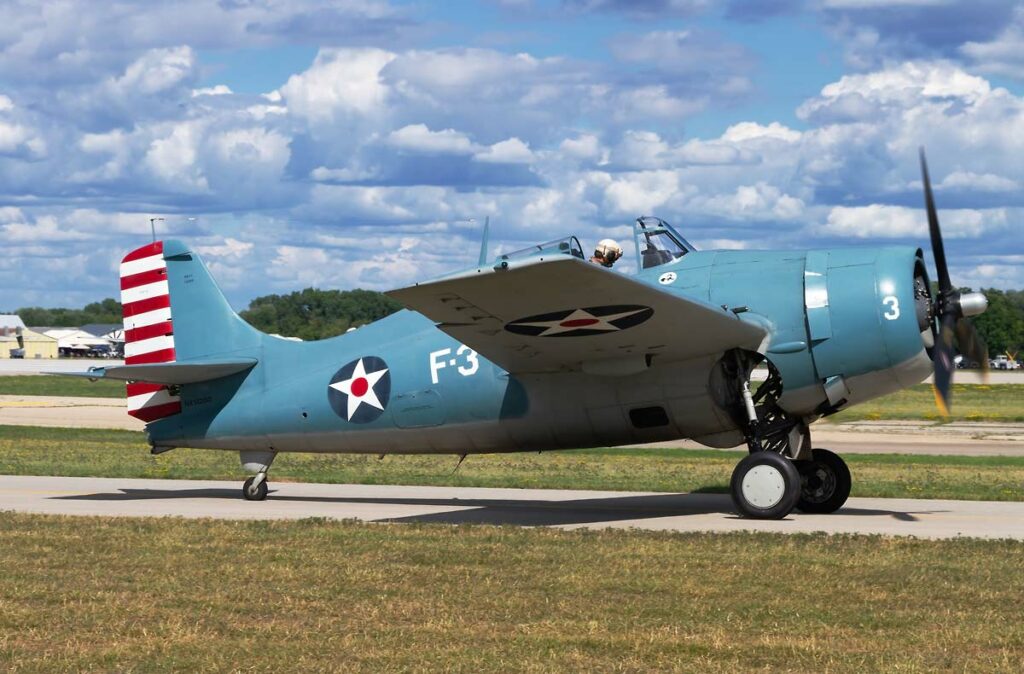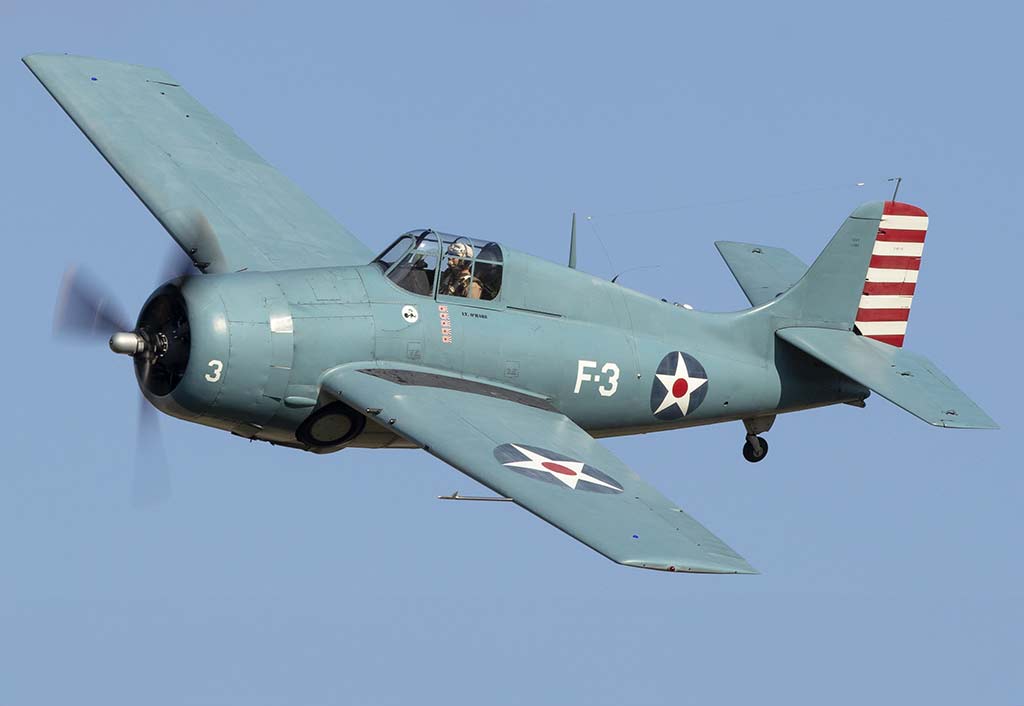The Grumman F4F Wildcat was a robust, carrier-based fighter of the US Navy, known for its crucial role in early WWII Pacific battles.
This article explores the Grumman F4F Wildcat, a key American carrier-based fighter of World War II. We delve into the Wildcat’s development history, examining its design evolution in the context of the 1930s military aviation advancements. The design features, including technical specifications, advantages, and limitations, are analyzed in detail. Performance aspects like engine power, speed, altitude, and range are compared with contemporaneous fighters. The Wildcat’s military use, combat roles, and operational effectiveness in key WWII battles are examined, culminating in an assessment of its impact and legacy.
The Grumman F4F Wildcat was an essential fighter aircraft for the United States Navy and Marine Corps during the early years of World War II. As a carrier-based aircraft, it played a pivotal role in the Pacific Theater, contributing significantly to the Allies’ early war efforts.

History of the Development of the Grumman F4F Wildcat:
In the 1930s, as global tensions were rising, the United States recognized the need to modernize its naval air power. The Grumman Aircraft Engineering Corporation, led by Leroy Grumman, undertook the development of a new fighter to replace the biplane fighters then in service.
The development of the F4F Wildcat began with the XF4F-1 prototype, which first flew on September 2, 1937. However, this initial design, a biplane, was quickly superseded by a more advanced monoplane design, the XF4F-2, which better met the evolving requirements of naval aviation.
The Wildcat was developed at a time when carrier-based aircraft were becoming integral to naval strategy. The US Navy required a fighter that could operate effectively from carriers, providing both offensive striking power and defensive capabilities against enemy aircraft.
Design of the Grumman F4F Wildcat:
The F4F Wildcat was a single-seat, all-metal monoplane with a retractable landing gear. It measured 8.76 meters (28 feet 9 inches) in length, with a wingspan of 11.58 meters (38 feet), and a height of 3.6 meters (11 feet 9 inches). The aircraft’s rugged design featured self-sealing fuel tanks and armor protection for the pilot, increasing survivability.
One of the distinctive design features of the Wildcat was its manually operated landing gear, which required the pilot to hand-crank the gear up or down. This was less complex and more reliable than hydraulic systems but required significant effort from the pilot.
The Wildcat’s armament typically consisted of four to six .50 caliber machine guns, along with provisions for carrying bombs. However, it faced limitations in terms of speed and maneuverability compared to some contemporaries, like the Japanese Mitsubishi A6M Zero.
Performance of the Grumman F4F Wildcat:
Powered by a Pratt & Whitney R-1830 Twin Wasp radial engine, the Wildcat produced around 1,200 horsepower. This engine enabled a top speed of approximately 515 kilometers per hour (320 mph), a service ceiling of 10,363 meters (34,000 feet), and a range of 1,330 kilometers (830 miles).
When compared to its main adversary, the Mitsubishi A6M Zero, the Wildcat was less maneuverable and slower. However, its robust construction, heavier armament, and tactics like the Thach Weave helped it hold its own in combat.

Military Use and Combat of the Grumman F4F Wildcat:
The F4F Wildcat was a mainstay of the US Navy’s fighter force in the early years of WWII, seeing action in key battles such as Coral Sea, Midway, and Guadalcanal. The aircraft’s ruggedness and firepower made it a formidable adversary, despite facing more agile opponents.
Wildcats were primarily used in air-to-air combat and as bomber escorts. They played a crucial role in blunting the advance of Japanese forces in the Pacific. While it faced tough competition from Japanese fighters, the Wildcat’s contributions in the hands of skilled pilots were significant.
The Wildcat was eventually superseded by more advanced fighters like the F6F Hellcat but continued to serve in secondary roles throughout the war. The aircraft was also provided to other Allied nations, including the United Kingdom, where it served as the Martlet.
The Grumman F4F Wildcat holds an esteemed place in the annals of military aviation history. Its deployment during critical battles of the early Pacific War demonstrated its resilience and effectiveness. While it was eventually eclipsed by more advanced aircraft, the Wildcat’s legacy is defined by its pivotal role in sustaining the Allied fight during some of the most challenging periods of World War II.
Back to the Warbirds section.